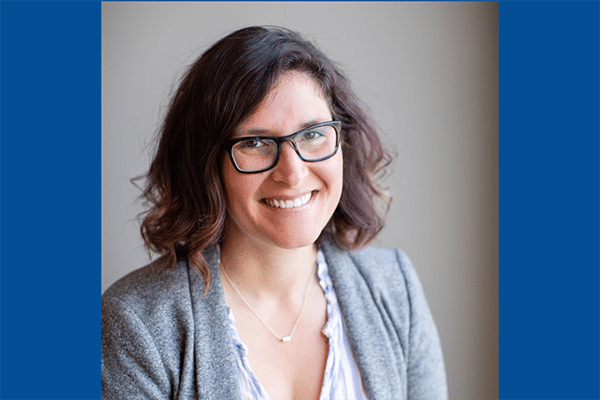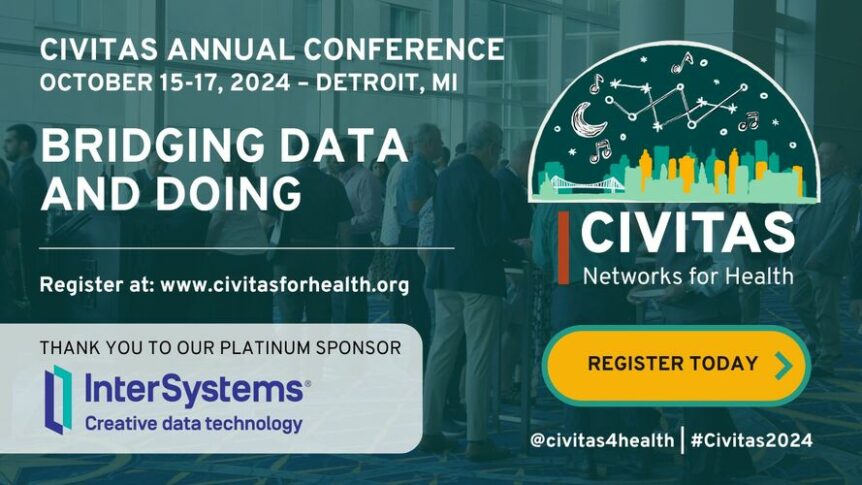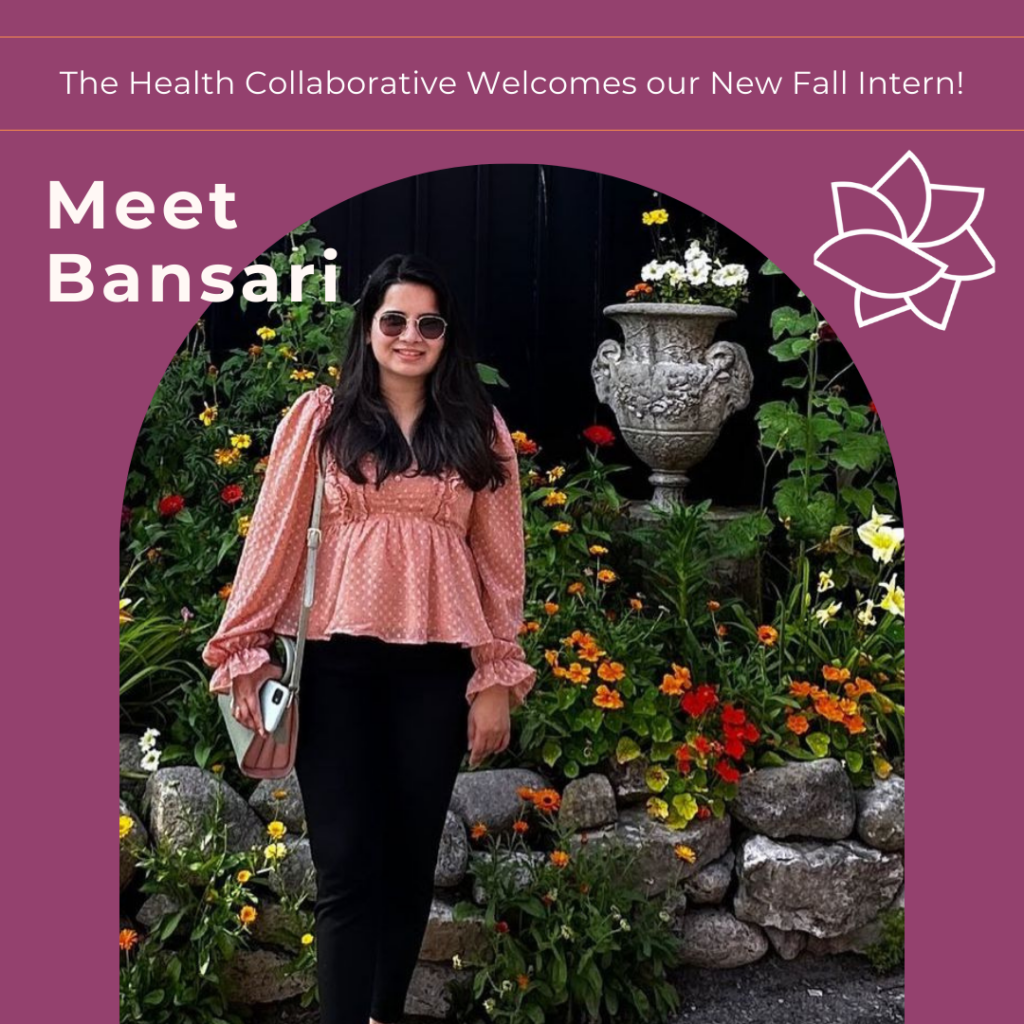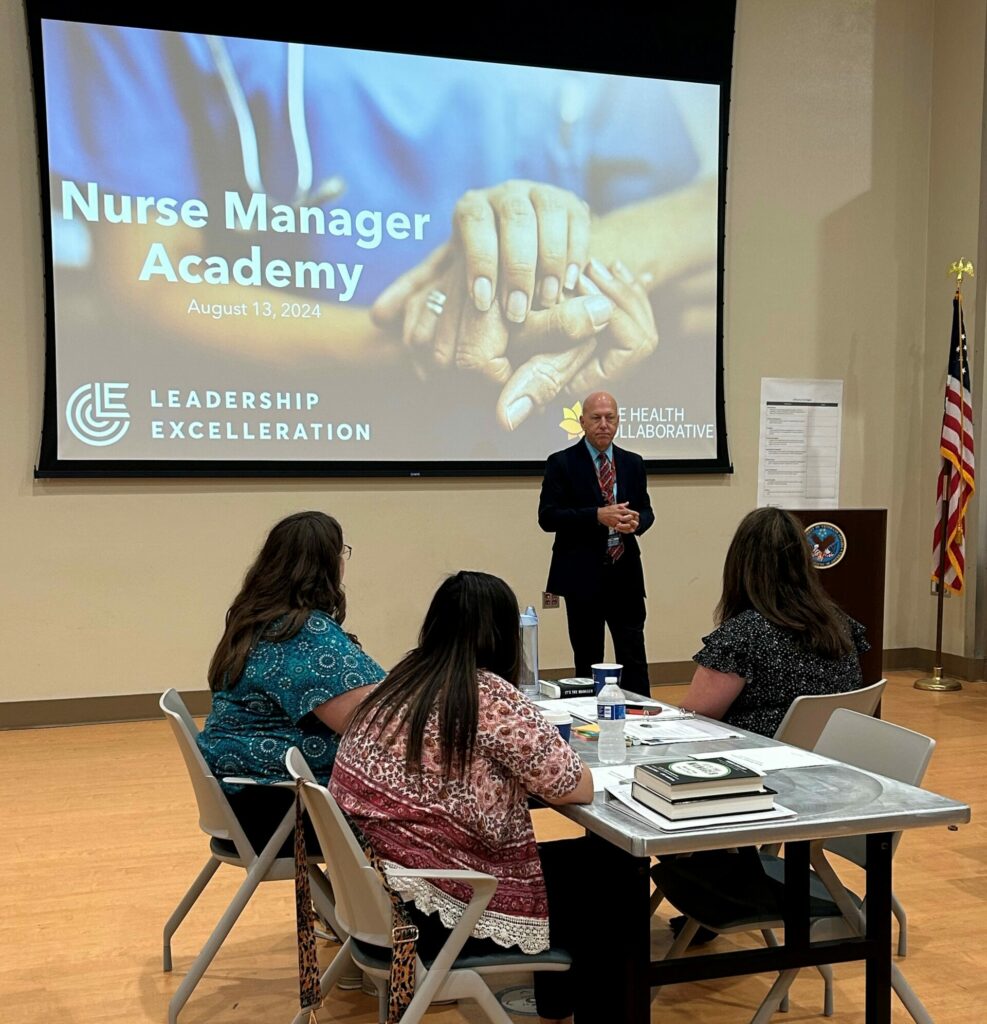By Kate Haralson, Senior Manager Clinical Initiatives
COVID-19 has forced our community to form novel collaborations across competitors and sectors.
The partners in this work vary widely in technical jargon, data collection and reporting, industry standards, and resources. When The Health Collaborative took its place as the fulcrum for our regional response to COVID-19, we knew we needed a framework that both clearly defined goals and activities and accommodated the operational variation across partners.
For decades, Quality Improvement (QI) methodologies have been used in manufacturing and health care to address errors and inefficiencies. More recently, QI has found its way into social services and communities. QI practitioners typically rely on a precise science of repeating cycles of improvement in small samples, refining a process until it reliably produces the same gains over and over, and then spreading and implementing that knowledge quickly. However, as QI has been utilized in less controlled environments, the ethos of the method, rather than the prescriptive components, has emerged as the compass for guiding what we do and how we do it.
Common Tools and Guiding Principles
Our teams, with the help of some of our hospital-based partners as Quality Improvement Advisors, developed common tools often used in QI projects. Key Driver Diagrams (a list of the specific goals and the activities that will achieve them), dashboards (data visualizations of the progress toward the goal), and basic project management tools have been helpful in guiding our work and preventing “scope creep.”
However, the harder (and arguably more important) work has been in building vulnerable, generous, humble, and transparent relationships across partners. QI relies on contributors’ willingness to share shortcomings and mistakes, and openness to receiving and operationalizing feedback. QI needs us to be open to change even when we’ve only known one way of doing things, and pushes us to start the work before we feel ready. Bringing this ethos to our groups has offered a new path through crisis that acknowledges we’re all learning and that no single person has all the answers.
All About the the Relationships
This work is, of course, not without its challenges. Concerns about the collection and manipulation of data, the desire to protect our marginalized neighbors from further stigma, and competition for scarce resources has forced our partners into some hard conversations. Who gets priority when Personal Protective Equipment supplies are low? How do we prevent the spread of COVID-19 and still make enough money to keep our doors open? How do we balance the known benefits of socializing for dementia with visitor restrictions?
Ideally, because we have aligned our partners around a common aim, the answers to those questions emerge organically. The tools we’ve developed can help us intellectualize the way forward, but the relationships we’ve built motivate us to actually do it; that’s where the technical is inseparable from the interpersonal. And so, while we might have chosen QI as the framework because of its science, we have embraced it because of its humanity.







